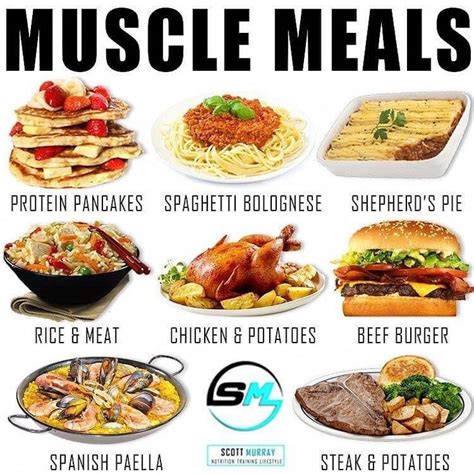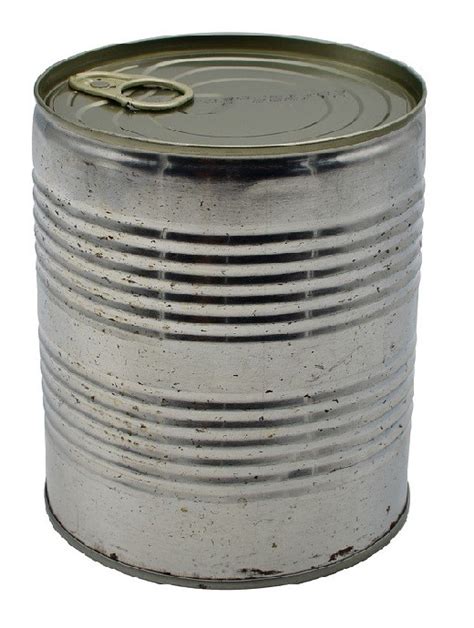How to break through strength plateaus for peak muscle growth?

Conquering the Wall: Understanding Strength Plateaus
Every dedicated lifter eventually faces the frustrating wall known as a strength plateau. This is the point where your progress stalls, your lifts stop increasing, and muscle growth seems to come to a halt. Far from being a sign of failure, plateaus are a natural part of the training journey, indicating that your body has adapted to your current routine. To continue making gains and achieve peak muscle growth, you need to understand why plateaus occur and, more importantly, how to systematically break through them.
The primary reason for a plateau is a lack of progressive overload. Your muscles need a new, greater stimulus to continue adapting and growing. If you keep doing the same exercises, with the same weight, for the same reps, your body eventually sees no reason to get stronger or bigger.

Strategic Training Adjustments to Reignite Growth
Varying Your Training Variables
One of the most effective ways to shock your system back into growth is to manipulate your training variables:
- Rep Ranges and Intensity: If you typically train in the 8-12 rep range, try incorporating cycles of lower reps (3-6) with heavier weights to focus on strength, or higher reps (15-20) with lighter weights to improve muscular endurance and hypertrophy.
- Set Schemes: Experiment with different set structures. Instead of 3 sets of 10, try 5 sets of 5, or pyramid sets (increasing weight while decreasing reps).
- Exercise Selection: While foundational exercises are crucial, occasionally swapping in variations (e.g., incline dumbbell press instead of barbell bench press, sumo deadlifts instead of conventional) can target muscles slightly differently and stimulate new growth.
Implementing Progressive Overload Techniques
Progressive overload isn’t just about adding more weight. It’s about continually challenging your muscles in different ways:
- Increase Volume: Do more sets or reps over time.
- Increase Frequency: Train a muscle group more often (e.g., twice a week instead of once).
- Decrease Rest Times: Shorter rest periods between sets can increase intensity and metabolic stress, promoting hypertrophy.
- Improve Form: While not directly adding weight, perfecting your technique allows you to lift more effectively and engage the target muscles better, leading to real strength gains.

Advanced Training Protocols and Deloads
Advanced Techniques to Intensify Workouts
For experienced lifters, incorporating advanced techniques can provide the necessary stimulus to break through stubborn plateaus:
- Drop Sets: Perform a set to failure, immediately reduce the weight by 20-30%, and continue for more reps until failure again.
- Supersets/Giant Sets: Perform two or more exercises back-to-back with no rest in between.
- Rest-Pause Training: Lift a heavy weight for a few reps, rest briefly (10-20 seconds), and then perform more reps with the same weight.
- Tempo Training: Control the speed of your lifts (e.g., slower eccentric phase) to increase time under tension.
The Power of Deload Weeks
Often overlooked, a strategic deload week can be a game-changer. A deload involves significantly reducing your training volume and/or intensity for 5-7 days. This allows your central nervous system to recover, repairs accumulated micro-damage to muscle tissue, and reduces mental fatigue. You’ll often come back stronger and more energized after a proper deload, ready to smash old personal records.

The Critical Role of Nutrition and Recovery
Optimizing Your Diet for Growth
You can train as hard as possible, but without proper nutrition, your body won’t have the resources to repair and grow. To break plateaus and maximize muscle growth:
- Caloric Surplus: To build muscle, you generally need to be in a slight caloric surplus.
- Adequate Protein: Aim for 1.6-2.2 grams of protein per kilogram of body weight to support muscle repair and synthesis.
- Carbohydrates for Energy: Carbs fuel your workouts and replenish glycogen stores, which are crucial for performance and recovery.
- Healthy Fats: Essential for hormone production and overall health.
Prioritizing Sleep and Active Recovery
Growth happens outside the gym. If you’re consistently under-sleeping or over-stressing your body, you’re hindering your recovery and growth potential. Aim for 7-9 hours of quality sleep per night. Incorporate active recovery methods like light stretching, foam rolling, or low-intensity cardio to improve blood flow and reduce muscle soreness.

Conclusion: Consistency and Listening to Your Body
Breaking through strength plateaus requires a combination of smart training adjustments, disciplined nutrition, and adequate recovery. The key is to be consistent, patient, and willing to experiment with different strategies until you find what works for your body. Remember to track your progress meticulously, listen to your body’s signals, and don’t be afraid to take a step back (like a deload) to leap two steps forward. With a strategic approach, you can continuously challenge your muscles, overcome any stagnation, and achieve new levels of peak muscle growth.









